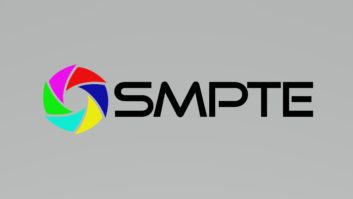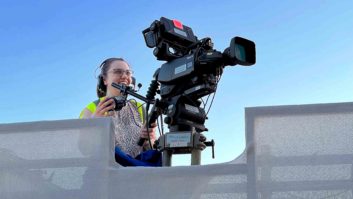
The Society of Motion Picture and Television Engineers (SMPTE) has published the BXF (Broadcast eXchange Format) 2.0 suite which streamlines interoperability and information exchanges between business and media management systems vital to broadcast and new-media operations. With its clear and specific mapping instructions for sharing and exchanging business data and on-air content across digital media workflows, the SMPTE BXF suite provides standardised, single timeline-based support for ensuring accuracy amidst dynamically changing content – right up to the time viewers see it. “With an ever-expanding array of delivery platforms, as well as targeted advertising, maximum efficiency for advertising workflows has gone from a nice idea to a must-have. The good news is that we now have the tools to make it work,” said Chris Lennon, chairman of the SMPTE BXF Working Group and CTO group lead for Harris Broadcast Communications. The updated BXF 2.0 XML schema and documents will be available for purchase and subscribers from the store section of the SMPTE Digital Library (http://tinyurl.com/smpte-bxf20-2012). Already enjoying widespread adoption, the BXF suite of documents is a messaging protocol used for information exchange. The BXF suite provides a standardised approach for the exchange of schedule, as-run logs, content metadata, and content transfer instructions between systems across broadcast and new-media operations, including servers, editors, traffic and billing, sales and scheduling, automation, and digital asset management equipment. More than 150 individuals from over 80 companies and industry organisations around the world – including the Advanced Media Workflow Association (AMWA) – helped develop the suite, ensuring support of increasingly file-based workflows as well as regional-specific requirements. “BXF is a clear demonstration of the significant benefit that standards bring to our industry, and the spirit of cooperation and teamwork that has defined the BXF Working Group from the start,” said Dr. Hans Hoffmann, SMPTE engineering vice president. “Everyone involved should be proud of this achievement.” The BXF 2.0 suite includes several backward-compatible enhancements to the existing BXF schema set to ensure scalability and future proofing for broadcast and new-media operations. These include additional support for sponsored secondary events, reuse of house numbers, enhanced multi language support, and the ability to communicate currently airing, previous, and upcoming events. The SMPTE BXF Working Group (34CS-10) already is focused on BXF 3.0, including efforts to expand support for a broader range of media facilities with enhancements such as digital rights management. “Filling in the biggest gap existing today in broadcast and new-media enterprises’ file-based workflows, BXF is one of SMPTE’s big success stories,” said Peter Symes, SMPTE director of engineering. “Version 2.0 represents a significant milestone, and we look forward to exciting additions in 3.0.” www.smpte.org







